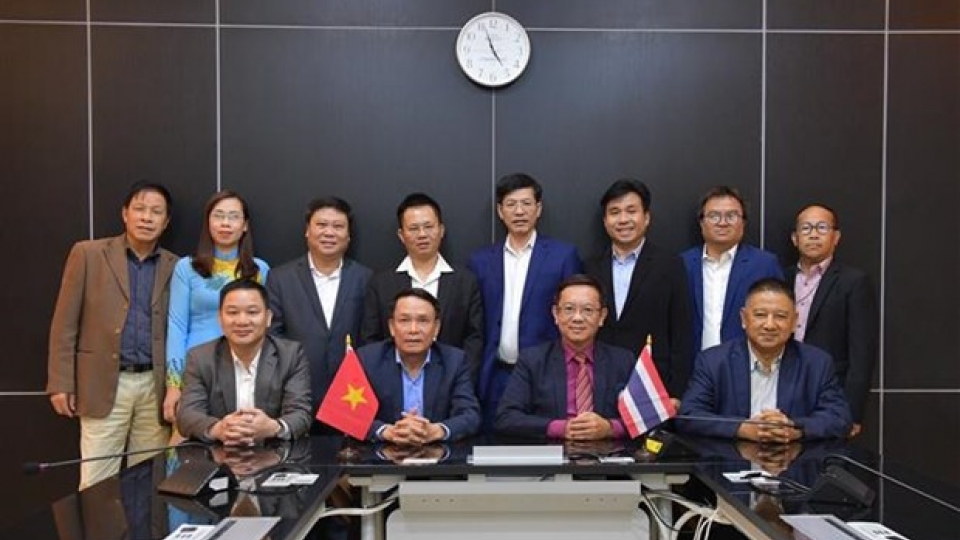Japanese veteran journalist praises Vietnamese press’ progress
As Vietnam commemorates a century of revolutionary journalism, veteran Japanese journalist Toshifumi Kitagawa, long-time correspondent in Vietnam for Akahata, the official newspaper of the Japanese Communist Party, has shared his admiration for Vietnam's revolutionary press and its impressive strides in digital transformation.

Kitagawa was first introduced to Vietnamese media in late 1973, when he arrived in Hanoi to study the Vietnamese language at the University of Hanoi. Since then, his connection to Vietnam has deepened through three postings as a correspondent. He currently serves as Vice President of the Tokyo chapter of the Japan-Vietnam Friendship Association.
He recalled his early experiences with Vietnamese journalism. Just months after arriving in the country, he began reading Nhan Dan (People), Quan doi Nhan dan (People’s Army), and Ha Noi Moi (New Hanoi) - the leading dailies in Hanoi at the time. These newspapers, he said, were his primary window into the country’s political climate, especially during the final years of the struggle for national liberation in the South.
Following Vietnam’s national reunification in 1975, Kitagawa closely followed a series of articles published in Nhan dan and Quan doi Nhan dan introducing Vietnam’s ethnic groups. He archived these reports for future research. One series in particular - “The Great Spring Victory of 1975” by General Van Tien Dung - left a lasting impression. He said he was eagerly awaiting each new article.
After returning to Japan, Kitagawa’s daily routine as a foreign news editor included monitoring the Vietnam News Agency’s English-language bulletins. These reports, he noted, remained a crucial and credible source of information on Vietnam’s post-war development.
Reflecting on the historical role of Vietnamese journalism, Kitagawa highlighted the significance of wartime broadcasting. During the anti-Amerian war, a Japanese-language news programme aired by the Voice of Vietnam became popular among Japanese citizens sympathetic to Vietnam’s cause. The broadcasts, led by a female announcer, were trusted for their clarity and reliability.
The journalist also paid tribute to the sacrifices made by Vietnamese journalists in wartime, while recalling that two of his own senior colleagues died during wartime. One of them, journalist Takano, was killed in Lang Son province in the 1979 northern border defence war.
Turning to the present, Kitagawa praised Vietnam’s evolving media landscape. He noted a significant expansion in both the number of media outlets and the volume of information available. In his view, Vietnam has made remarkable progress in the digital transformation of its media sector, in some respects outpacing Japan, particularly in the growth of online news platforms.
Digital journalism in Vietnam has developed rapidly and is now my primary way of keeping up with developments in the country, Kitagawa said. He also commended the national broadcaster Vietnam Television (VTV) for its integration of digital technology, citing the convenience of watching a livestream of the recent military parade commemorating the 50th anniversary of national reunification, held in Ho Chi Minh City in late April.
Kitagawa also addressed the complex challenges facing journalism today. In the age of the internet, he said, when anyone can publish information, issues such as misinformation, fake news, and copyright infringement are growing concerns. While artificial intelligence offers valuable tools for journalists, he argued that human editorial judgement remains irreplaceable.
Across the world, including in Vietnam, journalists must retain ultimate responsibility for the information they produce, even when assisted by AI.
He concluded by emphasising the responsibility of professional journalists, including safeguarding the clarity, integrity, and standards of journalistic language.



